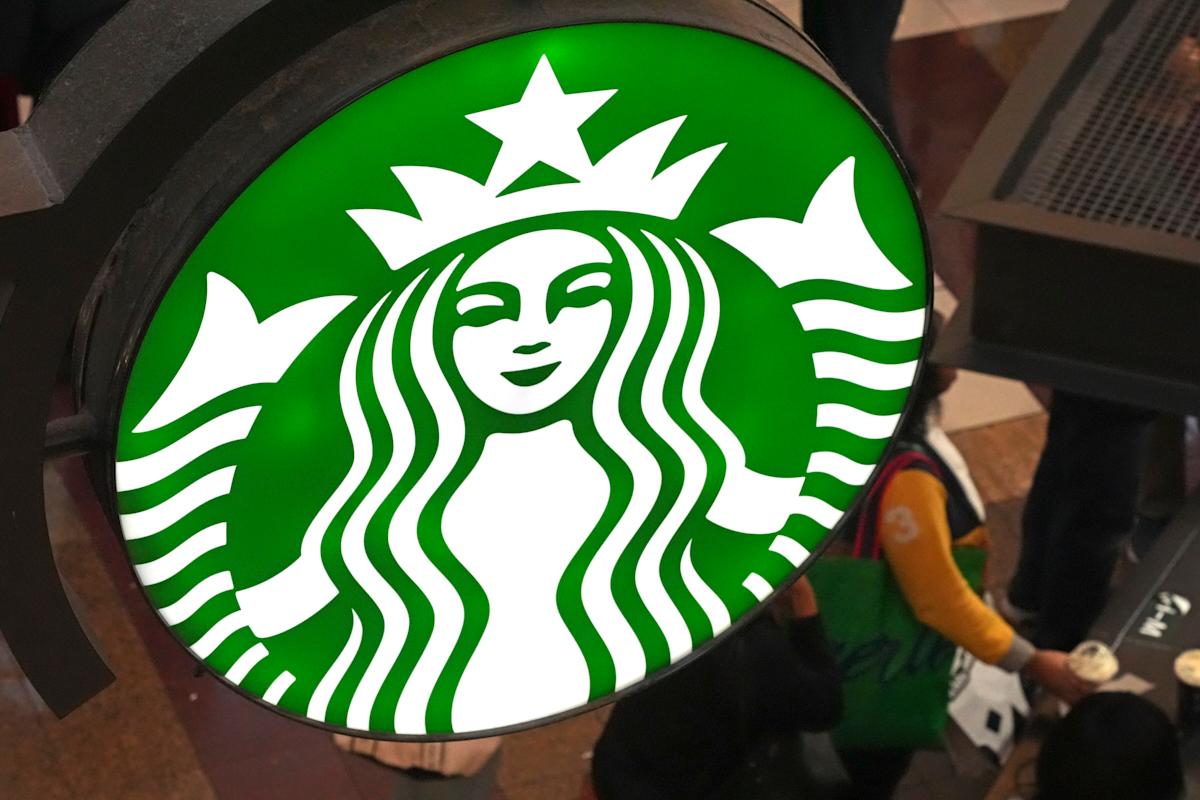Starbucks is undergoing a significant transformation under the leadership of CEO Brian Niccol. As 2026 approaches, the company is focused on integrating artificial intelligence, revamping its menu, and enhancing the overall customer experience. This strategic overhaul aims to boost morning traffic, improve profitability, and solidify Starbucks’ position in a competitive market. Niccol emphasizes the importance of a learning and experimental approach to stay ahead of evolving consumer preferences and technological advancements.
The core of Starbucks’ new strategy involves several key initiatives. These include leveraging AI to support employees, introducing protein-forward breakfast options, expanding artisanal pastry offerings, and innovating the Starbucks app with voice ordering capabilities. Furthermore, the company is addressing underperforming locations and streamlining operations to optimize resource allocation. This multifaceted approach reflects Starbucks’ commitment to adapting to changing market dynamics and meeting the needs of its diverse customer base.
</n
Leveraging AI for Enhanced Employee Support
Starbucks is making strides in integrating AI into its operations to provide real-time support to its employees. The Green Dot Assist platform is a prime example, offering a virtual assistant that helps employees quickly resolve issues related to equipment malfunctions or drink preparation. Niccol emphasized the importance of this technology, stating, “So if you run into an issue with a piece of equipment or how to build a certain drink, it’s a really fast way for us to then give them support with AI to get them to the right answer faster or to the right solution faster.”
This AI-driven support system not only enhances employee efficiency but also ensures consistent service quality across all locations. By providing immediate access to solutions, Starbucks is empowering its employees to deliver a seamless and satisfying customer experience. The company plans to further expand its AI capabilities to address a wider range of operational challenges and improve overall productivity.
Enhancing the Starbucks App with Voice Ordering
Starbucks is committed to enhancing its mobile app to provide a more seamless and personalized ordering experience. A key focus is the integration of voice ordering capabilities, allowing customers to place their orders quickly and conveniently. This feature aligns with the growing trend of voice-activated technology and caters to the increasing demand for contactless interactions.
In addition to voice ordering, Starbucks is exploring ways to leverage data and predictive analytics to anticipate customer preferences. By analyzing past orders and purchase patterns, the app can offer tailored recommendations and streamline the ordering process. This personalized approach not only enhances customer satisfaction but also encourages repeat business and fosters brand loyalty.
Optimizing Store Performance and Resource Allocation
As part of its restructuring efforts, Starbucks is taking a strategic approach to optimize store performance and resource allocation. This includes closing underperforming locations and reducing corporate jobs to improve margins and reallocate resources to store worker hours and product innovation. The company plans to reduce its store count by roughly 1% in Canada and the US this fiscal year, resulting in a total of nearly 18,300 company-operated and licensed stores.
Starbucks is also committed to remodeling 1,000 stores to enhance the customer experience. These remodels will focus on bringing back seating and incorporating elements that foster a sense of community. Niccol explained, “I think it’s as much a feeling like you’re part of the community, where if you sit there and just seeing your community come in and out, and you get to say hi to the neighbor or the friend or the family member.”
Addressing Financial Challenges and Future Outlook
Starbucks faces ongoing financial challenges, including declining US same-store sales and reduced earnings per share. In the fiscal third quarter, US same-store sales fell 2% on the back of a 4% traffic drop, while earnings per share declined 46% from the prior year. Operating profit margins also experienced a significant plunge. These challenges highlight the need for Starbucks’ strategic overhaul to regain its financial footing and drive sustainable growth.
Despite these challenges, investors remain optimistic about Starbucks’ future prospects. Positives noted during the earnings call include low-double-digit percentage same-store sales growth at college locations and improved transaction trends in the US toward the end of the quarter. The company’s commitment to increased labor investments and beverage and food innovation also provides a sense of optimism for long-term success.
Conclusion: Charting a New Course for Starbucks
Starbucks is embarking on a comprehensive transformation under the guidance of CEO Brian Niccol. By integrating AI, innovating its menu, enhancing its app, and optimizing store performance, the company is positioning itself for renewed success in a dynamic and competitive market. While challenges remain, Starbucks’ commitment to adaptation and innovation signals a promising future for the coffee giant.
The success of Starbucks’ strategic overhaul hinges on its ability to execute these initiatives effectively and adapt to evolving consumer preferences. By staying true to its core values and embracing new technologies, Starbucks can solidify its position as a leader in the coffee industry and deliver long-term value to its stakeholders.

Leave a Reply